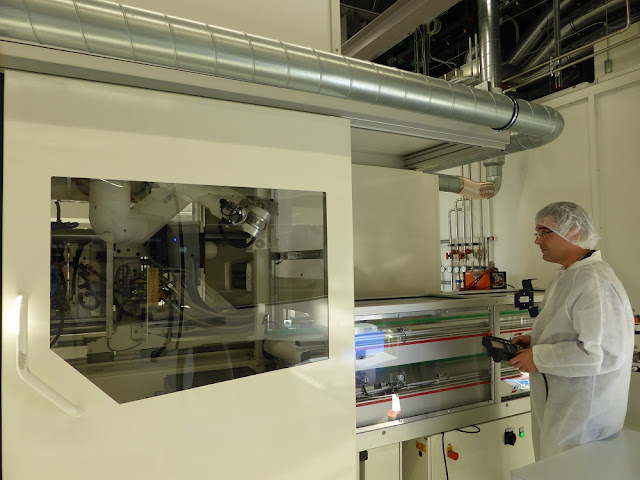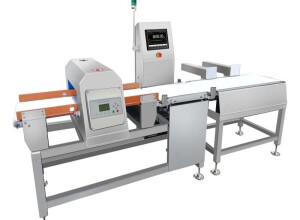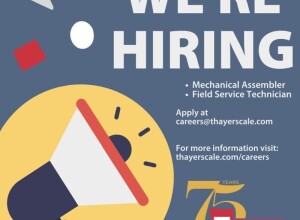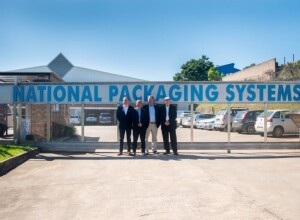According to ProBI, 85 percent of plastics could technically be substituted with biobased plastics, reducing our dependency on plastics derived from fossil based resources. Yet, right now bioplastics represents around one percent of the annual plastics production. Making a difference is a joint effort that requires industry stakeholders, manufacturers, suppliers and consumers being better informed and educated about the challenges, and having legislative and regulatory frameworks that actively promote sustainable development and supports innovation.
Until recently the focus has been on bio-based PET. However, the scale of adoption has not been as rapid as previously anticipated. In Europe, the focus is now shifting to the development of PEF (polyethylene furanoate). Expected to enter the market in 2020, this new polymer is said to feature superior barrier and thermal properties, making it comparable to PET and therefore suitable for the packaging of drinks, food and non-food products.
With the number of brand owners applying bioplastics to their solutions growing steadily, it poses an important question for injection moulders. Do I need to invest in new processing equipment?
Not necessarily highlights Nigel Flowers, UK managing director at Sumitomo (SHI) Demag. “In theory, you can run bioplastics through an injection moulding machine just as you would any other polymer. The main issue lies in how that plastic performs as an end product, which will dictate what applications it can be considered for.”
Drop-in plastics, such as bio-based PE, bio-based PET, or bio-based polyamides typically have the same technical and functional properties as their conventional counterparts. Used in high-demand and durable applications such as electronics, building and construction, automobiles, and consumer goods, they can, in the main part, be processed and recycled in the exact same way. However, other innovative bioplastics such as PLA or starch-based plastics desired for food packaging and in agricultural applications, have different properties, such as improved barrier or compostability.
“If the bioplastic materials properties differ from the material it’s intended to replace, it can have an impact on the production costs of the article in question,” notes Nigel. As a result, careful consideration should be given to the selection of the material and products chosen.
Topics to discuss with bioplastic material suppliers:
Most questions at the outset should be put to the company supplying the bioplastic materials advises Nigel. Among them, moulders need to fully comprehend:
- How the material will perform in end use? How close this is to the material it’s replacing? Will quality of the component be compromised or altered significantly?
- How will the material process? In production, the quality of the end component is reliant on controlling the melt during the injection moulding process, so moulders need to understand fully the processing conditions. This question about bioplastic melt stability would need to be discussed with the material’s supplier initially
- How the processing conditions vary? Ask the material supplier to provide comparison data, such as cost variations, mouldability, look and feel of components, strength, load weight etc. Equipped with this information, a moulder can make a more informed decision about the feasibility of switching to bioplastics. At this phase you may progress to a process trial to see how the material performs in your existing injection moulding equipment
Some bioplastics have yet to fully meet the performance requirements needed to lend themselves to more durable goods. That’s not to say it won’t happen. Heat resistance, enhanced moisture barriers, greater rigidity and flexibility and durability are continuously improving.
Automobile companies are making great strides. Biobased or partially biobased commodity plastics such as PE or PET are already being used for applications like car dashboards. Currently, packaging is the leading segment, accounting for almost 60 percent (1.2 million tonnes) of the total bioplastics market in 2017.
Bioplastics is also good for jobs, with a recent EuropaBio study suggesting a more than tenfold increase in European employment opportunities by 2030, which would boost the development of rural areas says the report.
Flying the green flag, although highly commendable, needs to be carefully evaluated. If you break it down, switching to bioplastics is not so much a machine dilemma, but a question of commercial viability and cost effectiveness.
Although 80% of European consumers want to buy products that have a minimum impact on the environment, when it comes to packaging especially, cost constraints and what the consumer is prepared to pay for throw away items will play a key role in future developments.iii All of this needs to be offset against the cost benefit of boosting a company’s ecological and sustainability profile.

Nigel Flowers, UK managing director at Sumitomo (SHI) Demag.

Before running bioplastics through your injection moulder, ask your material supplier for efficiency comparison data.





























Interested? Submit your enquiry using the form below:
Only available for registered users. Sign In to your account or register here.